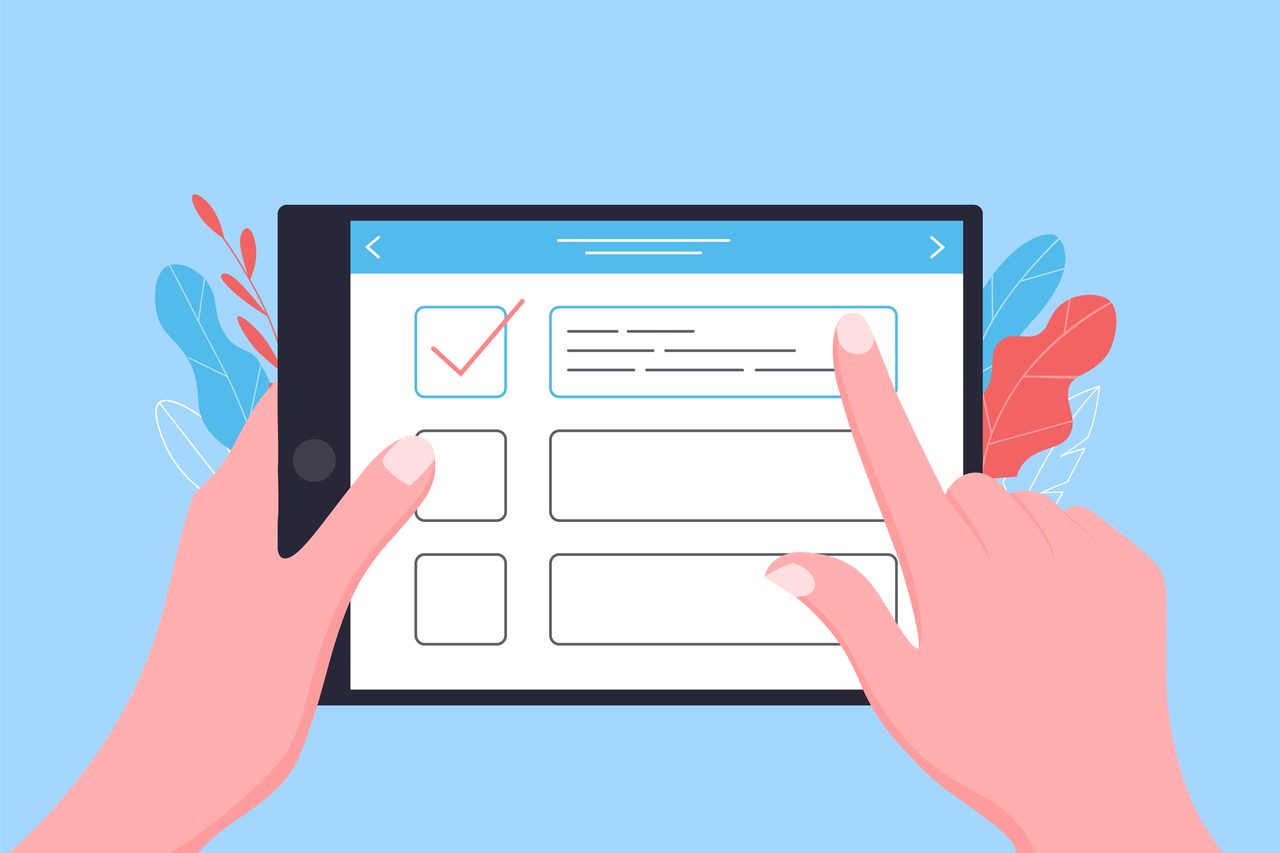The Effect Of Different Survey Pop-Up Triggers
What are the effects of the different types of survey pop-up triggers?
- Click Trigger
- Scroll Amount Trigger
- Time Passage Trigger
- Exit-intent Trigger
- Tab and Floating Pop-up
- Mobile Pop-up Trigger
- User Visit History Trigger
The pop-up nature of a survey makes it more accessible and more likely to be answered by your users. But what most don’t know is that these pop-up surveys can be applied to websites in a variety of ways. Read on to learn more about s. Knowing and applying these can have a significant impact on your business!
Click Trigger
Click triggered pop-ups appear whenever a user clicks on an element on a page —the texts, buttons, images, or even the page itself.
Click-on survey triggers are more likely to be completed by the viewers than other kinds of triggers because of the element of voluntariness. The difference between click-on triggers with ordinary links is that the former doesn’t redirect you to a separate webpage.
The application of this trigger can be found on shopping websites where links can pop-up discounts or let you view your cart. Use this type of trigger on in-demand data that a user will want.
Scroll Amount Trigger
A scroll trigger will display a pop-up once a user scrolls down to a certain part of a web page. You can set the distance required to display the pop-up. The reason behind this is to make sure that a user is interested in your content before showing them additional information. When a user scrolls down the page, it usually means that they need more information on your topic. This increases the likelihood of a user completing the survey.
This can be used in various ways. Some pop-ups trigger on the end of the page to avoid bothering a user from reading a very long text. Placing a pop-up on the bottom can also be used when putting a purchase option after a user reads about product information.
Time Passage Trigger
A pop-up can appear after you set a specific time when a user views your webpage. This is similar to a scroll trigger that ensures that a user has accessed enough information before displaying a pop-up. The only difference here is that in a time-triggered pop-up, a user can leave his device on a webpage even though he is not reading anything.
Exit-intent Trigger
This pop-up trigger appears when a user attempts to exit a webpage. It tracks mouse movement and displays a last-attempt pop-up. These are useful to inform the website owner about improvements that could be done to better the user experience.
Using them in newly developed websites can be useful. Some shopping sites use this to offer last-minute discounts and deals to prevent the user from exiting a website. The goal here is to entice the users or convert them into customers before they leave a website.
Tab and Floating Pop-up
This pop-up is usually found on the sides of a website. It remains in position even if a user explores different pages of a website. These pop-ups are usually used for customer experience surveys or customer support chat boxes.
Some also ask for contact information such as an email to send users newsletters.
This can also be minimized. The element of being minimized gives a user time to know the information on a website first before answering. For example, a user may not be interested in providing his contact information when he first enters a website but will do so after he explores more. This pop-up is more unobtrusive and user-friendly in that way.
Mobile Pop-up Trigger
Triggers used on a mobile device differ slightly from those used on a desktop. This is because the screen is smaller, and users are more prone to exiting it faster. If using pop-ups for mobile devices, keep the information short.
User Visit History Trigger
This trigger will display a pop-up according to the visit history of a user. For example, a discount can be offered to first-time visitors to a shopping website. Or users can be asked to rate a website based on its user-friendliness or ask for email and contact information for sending newsletters and announcements.
Key Takeaway
Pop-ups can be very helpful to both businesses and users if used correctly. Not all pop-ups can be applied in the same way. As always, research is always needed before you place something new on your website to maximize the benefits.
Qeryz can help you understand the effect of survey pop-up triggers to improve your customer relationship and make your website more user-friendly. Click here to see the experience of our successful partners.



